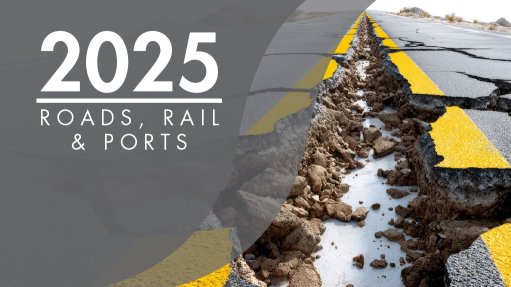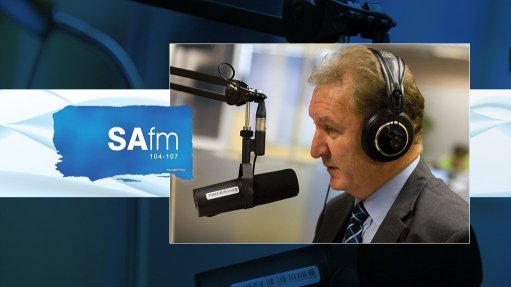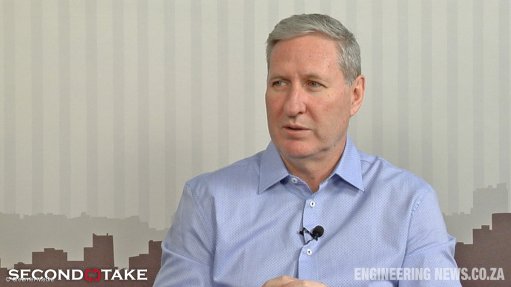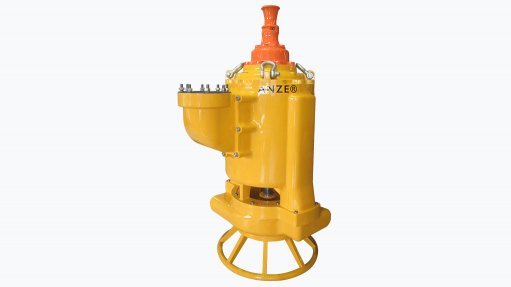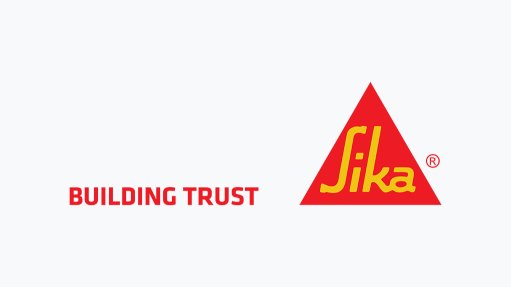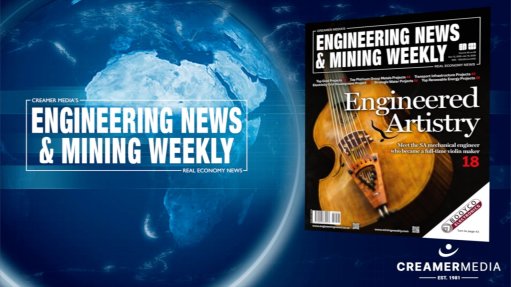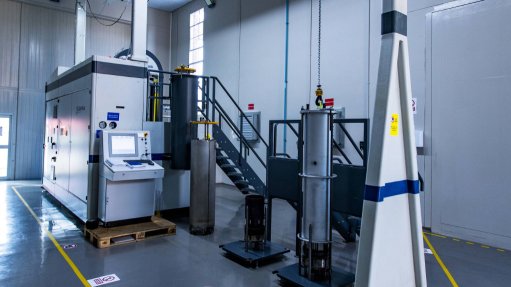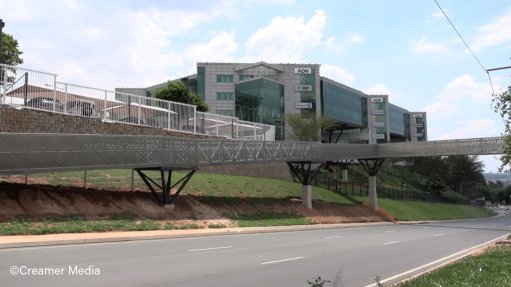Asystole finances
Fun fact (a word of caution for experimental readers: do not try this at home) – if all the veins in your body were laid out in a straight line, you would die, as your circulation system would no longer be able to function.
Now, let me get straight to the point – if the headline of this piece is not that apparent, a cardiac flatline is referred to as asystole, which occurs when the heart’s electrical and mechanical activities stop.
As this is an economic column – and I appreciate that I tend to hide this fact quite well – what would you consider to be the beating heart of the South African economy? If nothing comes to mind right away, or if your heart just skipped a beat, then what is the economy’s palpitation?
A palpitation – a skipped or irregular heartbeat – occurs when an electrical signal fires from the wrong place at the wrong time, causing the heart to beat out of rhythm.
I entered “Transnet gets life support” into a search engine, and its ‘AI Overview’ returned the following: “Transnet, a South African State-owned entity (SOE), is not currently receiving life support in the sense of emergency medical assistance. However, it is facing significant operational and financial challenges and has implemented a recovery plan to address these issues. This plan focuses on improving operational performance and restoring freight volumes.”
Out of the mouths of babes – or, in this case, AI – comes this gem: Transnet is not currently receiving life support in the sense of emergency medical assistance.
Well, perhaps not medical, but Transnet is hooked onto a financial life support system: the South African government. Without recurring financial injections, Transnet would have long since departed to happy hunting grounds, to quote Elton John’s Candle in the Wind – but I’m afraid another SOE already has dibs on that soundtrack.
To its credit, Transnet might be channelling Mark Twain, insisting that “the news of my demise was greatly exaggerated”. Maybe that is true. But that might not be the case were it not for a sovereign guarantee from the South African government, which, if you are a regular reader of this column, you would know is not afraid to borrow in US dollars. Apparently, no one in government is losing sleep over Roman writer Publilius Syrus’ warning: “Debt is the slavery of the free.”
On July 27, I was minding my own business, watching Bloomberg Television, when a ticker tape message flashed: “South Africa approves $5.3-billion guarantees for Transnet debt”. A short while later, an article elaborated: “South Africa’s government approved R94.8-billion ($5.3-billion) in guarantees to further support State-owned rail and ports operator Transnet SOC Ltd.”
Interestingly, the article provided the rand equivalent, while the South African government seems to prefer expressing its external loans in US dollars. The article’s writer noted that the guarantee includes an allocation of R48.6-billion to cover Transnet’s debt redemptions and R46.2-billion to mitigate the risks of credit ratings downgrades. It cited the Department of Transport, which stated that “government will continue to work with Transnet to ensure operational and financial improvements in the company, and to accelerate implementation of reforms for the logistics sector, including private- sector participation”. The mandatory attendance of debt management classes – for both – should be seriously considered.
The article added that the funds, which add to a R51-billion guarantee facility approved in May, are intended to help the indebted company become profitable. So, it’s not quite R94.8-billion, but more like R145.8-billion.
For the glass-half-full readers, according to a statement from ratings agency S&P Global, issued on July 10, when it downgraded Transnet’s senior unsecured debt, the parastatal is entirely dependent on government support to service its debt. S&P Global attributes this to “sizable negative free operating cash flow and its unsustainable capital structure (without government support)”. It also warned of a “downside scenario” should government support weaken.
This raises a broader question: How long can the South African government continue borrowing, especially as the rest of the world appears to be losing interest in the country, which has to start repaying its interest and servicing its mounting debt?
Article Enquiry
Email Article
Save Article
Feedback
To advertise email advertising@creamermedia.co.za or click here
Comments
Press Office
Announcements
What's On
Subscribe to improve your user experience...
Option 1 (equivalent of R125 a month):
Receive a weekly copy of Creamer Media's Engineering News & Mining Weekly magazine
(print copy for those in South Africa and e-magazine for those outside of South Africa)
Receive daily email newsletters
Access to full search results
Access archive of magazine back copies
Access to Projects in Progress
Access to ONE Research Report of your choice in PDF format
Option 2 (equivalent of R375 a month):
All benefits from Option 1
PLUS
Access to Creamer Media's Research Channel Africa for ALL Research Reports, in PDF format, on various industrial and mining sectors
including Electricity; Water; Energy Transition; Hydrogen; Roads, Rail and Ports; Coal; Gold; Platinum; Battery Metals; etc.
Already a subscriber?
Forgotten your password?
Receive weekly copy of Creamer Media's Engineering News & Mining Weekly magazine (print copy for those in South Africa and e-magazine for those outside of South Africa)
➕
Recieve daily email newsletters
➕
Access to full search results
➕
Access archive of magazine back copies
➕
Access to Projects in Progress
➕
Access to ONE Research Report of your choice in PDF format
RESEARCH CHANNEL AFRICA
R4500 (equivalent of R375 a month)
SUBSCRIBEAll benefits from Option 1
➕
Access to Creamer Media's Research Channel Africa for ALL Research Reports on various industrial and mining sectors, in PDF format, including on:
Electricity
➕
Water
➕
Energy Transition
➕
Hydrogen
➕
Roads, Rail and Ports
➕
Coal
➕
Gold
➕
Platinum
➕
Battery Metals
➕
etc.
Receive all benefits from Option 1 or Option 2 delivered to numerous people at your company
➕
Multiple User names and Passwords for simultaneous log-ins
➕
Intranet integration access to all in your organisation




